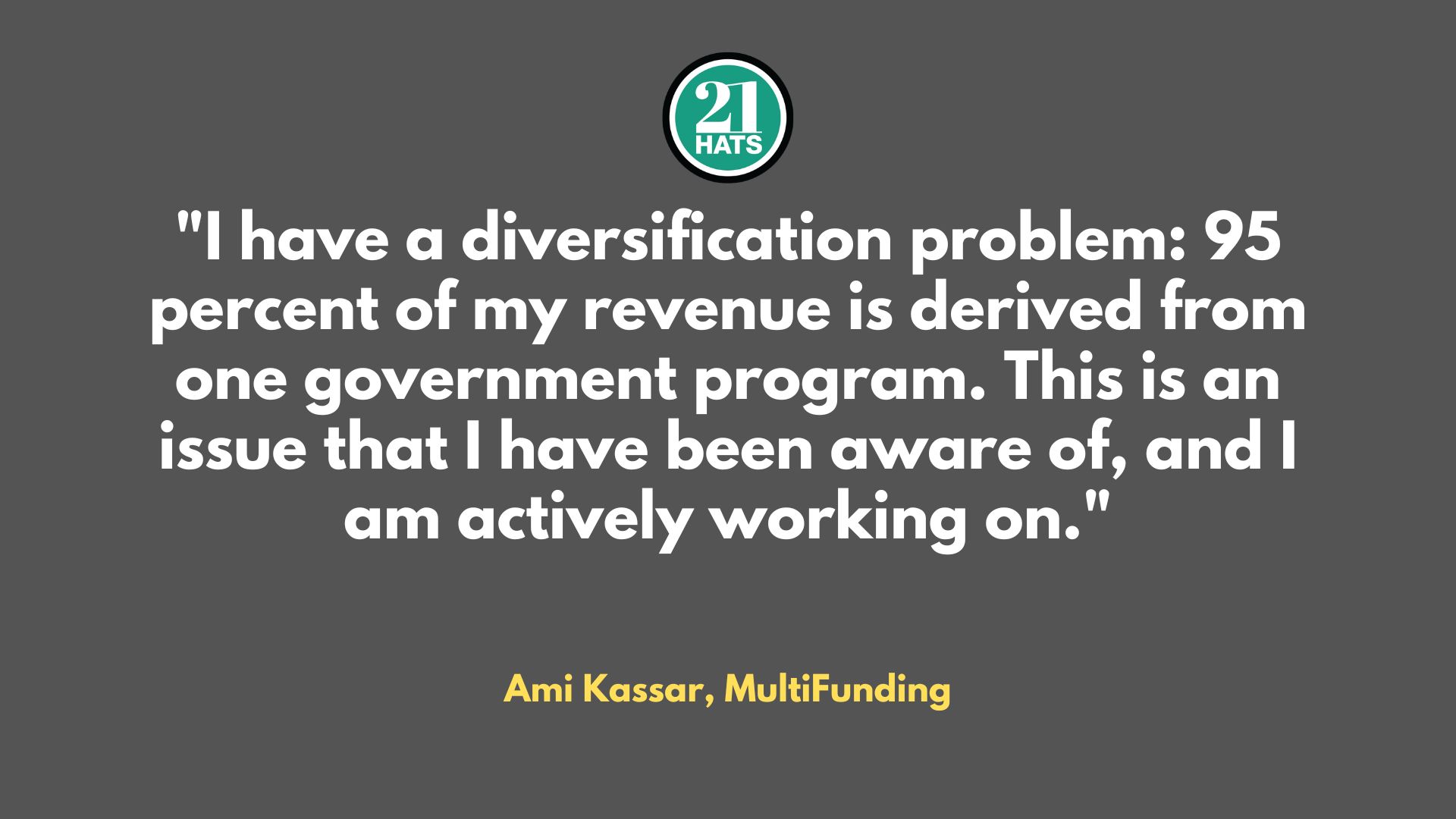Is the Change Temporary or Permanent?

That’s the first question to ask when things go awry at your business. Here’s how some businesses have approached recent challenges.
By Ami Kassar
In my last column, I talked about what to do “When the Going Gets Tough.” I tried to share insights from hundreds of conversations I have had with entrepreneurs whose businesses have hit a speed bump or, sometimes, a speed crater.
In the column, I asked the question: “Do you understand what has changed in your business and created your situation? Is the change temporary, or is it permanent?” The answers to those questions will determine how you need to react. And upon further reflection, I think they require a deeper dive.
Some clarity is important, though. Some businesses, especially during the first few years, live from check to check and street fight to street fight as they figure out their model, stabilize, and get cash flow positive and profitable. As I reflect on those days in my business, my PTSD returns. Most startups go through these kinds of traumas. Some survive and, sadly, some don’t.
But I want to talk about businesses that survive those startup traumas and reach the stage where they are cruising and making money—until something changes, often quickly and dramatically. Deciding how to handle these situations is demanding. It requires understanding the cause of the change and what it might take to resolve it if possible. I hope that thinking through these real-life situations will be helpful as you think about managing your business.
This first example is personal. If the government shuts down next week, SBA lending will become chaotic, which could greatly affect my business. In all likelihood, if this happens, it will be a temporary blip. But there’s no guarantee of that, and here’s the real issue: I have a diversification problem: 95 percent of my revenue is derived from one government program. This is an issue that I have been aware of, and I am actively working on offering additional banking products and services. But this effort requires coordination and integration with banks and is taking longer to launch than I had hoped.
Fortunately, I have a line of credit and reserves to handle a potential shutdown and the cash flow issues it will create for me. I cannot emphasize enough how critical a line of credit is. A wise friend once told me that trees don’t grow to the sky forever. And when a twig, or branch, or entire tree falls, the line of credit will provide a cushion.
Another example is about an entrepreneur who called us looking for help getting a quick $500,000 infusion. The business had been profitable for years, but as I dug into the situation, I realized there had been a sudden shift in their direct-mail response rates, dramatically slowing the engine. Their direct mail had been performing on budget for three years, and then all of a sudden, for unexplainable reasons, their response rates dropped by 50 percent. This is not something you can snap your fingers and solve in five minutes. You need time to try to figure out what happened, and quickly try to test new options. In this situation, there is no way to know how quickly you can resolve things. If any temporary changes can be made to reduce overhead, they would be helpful. Also, if you decide to take on a loan, make sure the payback is on long and reasonable terms.
Finally, I spoke last week with an entrepreneur who has run a successful consumer products business, primarily selling through Walmart and Target. She has been growing and profitable for years, but suddenly, a shift in the retailers’ pricing models has started where they can automatically do write downs if products are not moving quickly enough. Likely, she needs to invest some money in reinventing her business model and understanding her options. This strategy may include breaking into new retailers, and/or pursuing a direct-to-consumer model. But this will take time, and the changes are complex. And it’s not easy to make these changes while under the gun.
Reflecting on these stories, I remember advice a mentor gave me once. He told me that building a business is like walking on a tightrope, and there will be points during the journey when you feel like you have lost your balance and are on the verge of falling off. The challenge is to muster your energy and figure out what you need to do to stabilize and keep moving forward.
Ami Kassar is CEO of MultiFunding.